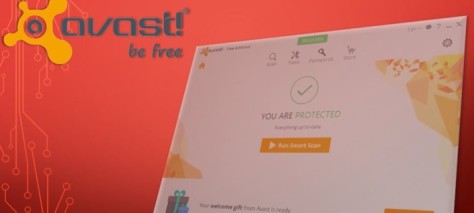The internet of things is awesome…and BullGuard aims to keep it that way by keeping hackers out of your connected devices with its IoT Scanner.
The Internet of Things has steadily taken off, perhaps not in the overnight world-changing manner that many people hoped, but in the ongoing rollout of connected devices that make our lives easier, safer, and just more fun. From thermostats that track your usage and adjust accordingly to refrigerators that keep up with how much milk you’ve used in order to quietly purchase more for you, IoT innovation is only scratching the surface of its capabilities.

But what if IoT wasn’t so helpful, or so user-centric? What if it was actually more like the latest Hollywood blockbuster cyberthriller? White hat hackers have already demonstrated how they can intercept an installed insulin pump and deliver a fatal dosage. Implanted pacemakers that “talk” to the patients’ cardiologists have been scrutinized for their ability to be hacked and forced to fatally alter patients’ heart rhythms. Even vehicles on the road have been proven in a now-famous demonstration to be vulnerable to hackers who can take over everything from the windshield wipers to the brakes while the car is in motion.
That’s why antivirus software developer BullGuard has issued what they consider the world’s first IoT scanning software, intended to show consumer-level users who else is on their network and potentially tampering with their devices.
“The Internet of Things has moved rapidly from an early adopter market into the mainstream, but in doing so has introduced a range of new security concerns for consumers,” said Paul Lipman, CEO, BullGuard, in a press release. “We’ve made an important first step towards addressing these issues with IoT Scanner, a tool that allows anyone to check if smart devices in their home are secure.”
In an interesting turn of the tables, IoT Scanner uses data from Shodan, a search engine for IoT devices that are currently installed and in use; Shodan has already been blamed for being the data source that hackers have used to remotely infiltrate IoT products without their owners’ knowledge. BullGuard’s IoT Scanner scans for vulnerable smart devices–security cameras, baby monitors, Smart TVs, even wearables– and presents the results in a user-friendly way. If an unsecured device is discovered, it’s flagged and shared with the owner, along with “details of potential vulnerabilities.”


